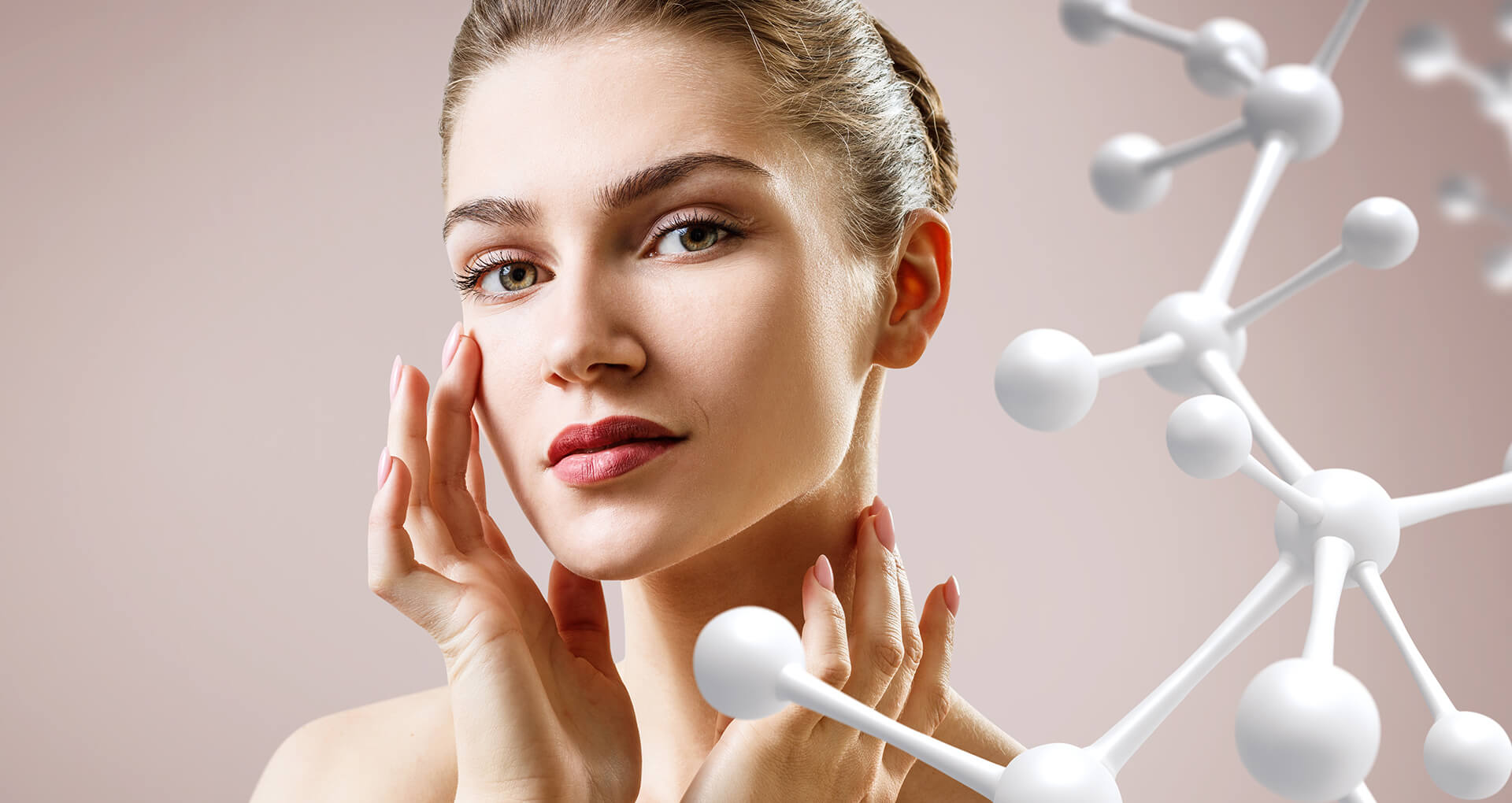The Science and Benefits of Protein Peels: A Superior Alternative to Traditional Exfoliation
Exfoliation is a cornerstone of effective skincare, helping to remove dead skin cells, unclog pores, and promote a brighter, smoother complexion. However, traditional exfoliation methods—such as mechanical scrubs (abrasion) and chemical peels (acids)—carry risks, especially in hot weather when skin is more sensitive.
Enter protein peels, a revolutionary approach to exfoliation that avoids the pitfalls of abrasion and acid burns. These peels use biochemical binding to selectively target dead skin cells without damaging healthy tissue. One standout example is Real Chemistry’s Protein Peel, which removes a significant amount of dead skin without harsh acids or physical scrubbing.
In this guide, we’ll explore:
- The science behind protein peels
- Why they’re superior to traditional exfoliation (especially in hot climates)
- The aesthetic and long-term benefits for skin health
1. The Problem with Traditional Exfoliation
Before diving into protein peels, let’s examine why traditional exfoliation methods can be problematic—particularly in hot weather.
A. Mechanical Exfoliation (Scrubs, Brushes, Abrasion)
- Microtears in the skin: Harsh scrubs (like walnut shells or sugar) create tiny wounds, increasing sensitivity and irritation.
- Disrupts the moisture barrier: Essential for hydration, this barrier weakens when scrubbed aggressively
- Worse in heat: Sweating and sun exposure make skin more vulnerable to inflammation post-exfoliation.
B. Chemical Exfoliation (AHAs, BHAs, Peels)
- Risk of over-exfoliation: Acids (like glycolic or salicylic) can burn skin if misused.
- Photosensitivity: AHAs increase sun sensitivity—dangerous in summer.
- Stripping natural oils: Can lead to dehydration, redness, and peeling.
C. Why Hot Weather Exacerbates These Risks
- Increased sweat and sebum production: Clogs pores, but harsh exfoliation can worsen breakouts.
- UV exposure: Sunburned or irritated skin reacts poorly to acids/abrasion.
- Dehydration risk: Heat strips moisture, and aggressive exfoliation compounds this.
2. The Science of Protein Peels: How They Work
A. The Biochemistry Behind Protein Peels
Protein peels use biosynthetic mechanisms to bind with keratin and dead skin proteins, dissolving them without affecting live cells.- Key Mechanism: The formula contains **engineered peptides/proteins** that adhere to desmosomes (protein structures holding dead cells together).
- Massage Action: Gentle rubbing helps the peel selectively break down dead skin, which then “disappears” as it binds and lifts away.
- No Acid Burn or Scrubbing: Unlike AHAs (which dissolve cells via pH disruption) or scrubs (which scrape skin), protein peels dissolve only what’s ready to shed.
B. Real Chemistry’s Protein Peel: A Case Study
This product exemplifies the technology:- No acids or abrasives → safe for sensitive skin.
- Clinically proven to remove 5x more dead skin than manual exfoliation.
- Leaves skin hydrated (unlike stripping acids).
3. Benefits of Protein Peels vs. Traditional Methods
A. No Microtears or Barrier Damage
- Abrasives cause micro-injuries, leading to inflammation.
- Protein peels dissolve dead cells **without friction**, preserving the lipid barrier.
B. No Acid-Induced Irritation or Sun Sensitivity
- AHAs/BHAs increase UV sensitivity (bad for summer).
- Protein peels don’t alter skin pH or increase photosensitivity.
C. Ideal for Hot Weather & Sweaty Skin
- Prevents clogged pores without over-drying.
- Calms post-sun skin (no burning or peeling).
- Hydration-friendly (unlike drying acids).
D. Faster Cell Turnover Without Inflammation
- Stimulates natural desquamation (shedding) without forcing it.
- Reduces acne and blackheads by clearing debris gently.
E. Works on All Skin Types
- Safe for rosacea, eczema, and post-procedure skin (unlike acids/scrubs).
- No downtime (unlike deep peels).
4. Aesthetic & Long-Term Skin Benefits
A. Immediate Effects
- Smoother texture (no grit or roughness).
- Brighter complexion (dead cells removed evenly).
- Better product absorption (serums penetrate deeper).
B. Long-Term Advantages
- Reduced hyperpigmentation (gentle exfoliation prevents PIH).
- Less premature aging (no chronic inflammation from abrasion).
- Stronger moisture barrier (healthier, plumper skin).
C. Perfect for Summer Skincare Routine
- Post-beach refresh Removes sweat/salt without irritation.
- Pre-makeup prep Creates a flawless base. .
- Travel-friendly No risk of acid spills or leaks.
5. How to Use a Protein Peel for Best Results
- Cleanse first (remove surface dirt).
- Apply peel, massage gently for 1-2 minutes.
- Rinse or tissue off (no harsh rubbing).
- Follow with hydration (toner, serum, moisturizer).
- Frequency: 2-3x weekly (adjust based on sensitivity).
Pro Tip: Use at night if concerned about sun sensitivity (though protein peels don’t cause it)
6. Conclusion: Why Protein Peels Are the Future of Exfoliation
Traditional exfoliation has its place, but protein peels offer a smarter, safer, and more effective alternative — especially in hot weather. By targeting only dead cells, they prevent irritation, protect the skin barrier, and deliver visible results without downtime.
For superior skincare users, incorporating a protein peel (like Real Chemistry’s) means:
- No abrasion → no microtears.
- No acid burns → no peeling or sun sensitivity.
- Better hydration → crucial in summer.
- Effortless glow → without the risks.
Upgrade your routine with The Luminous 3 Minute Peel from Real Chemistry — your skin will thank you.

